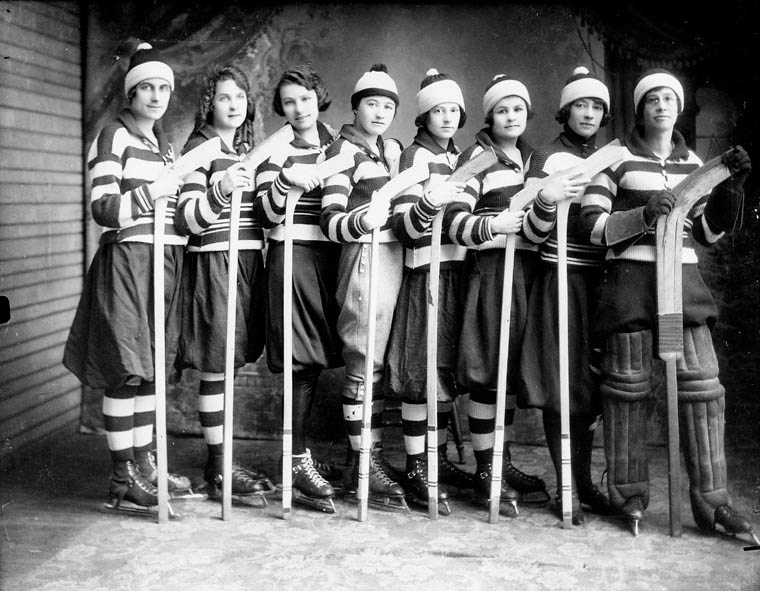It's finally sweater season here, which means that I'm actually wearing some of my past creations. The 1900s and the 1920s sweaters have both gone to work a few times, but it hasn't been cold enough yet for the 1910s. I envision that particular sweater coming in handy for watching hockey games or going on winter walks. It's no lightweight.
Meanwhile, I'm knee-deep in the 1930s. I have a fair number of 1930s pattern booklets and, boy, do I love them. Check out the two pictured above. A friend found the "Crocheted Dresses" book out on the street (yep, like trash!) with a stack of other vintage patterns and very kindly rescued it for me. I adore the styles and patterns, but the idea of making an entire dress out of crochet just fills me an intense feeling of foot-dragging reluctance. Also, I think I'd incur some pretty serious tendinitis. I think I get too tense and nervous when I'm crocheting and so my hand and wrist hurt after a while. In any event, the dresses are fabulous, but not for this project. The mittens are also wonderfully sharp and crisp in their classic black and white designs, but the deal here is sweaters. Maybe I'll make some mitts after I complete my century.
In addition to the two booklets above, I have a couple issues of "Home Arts Needlecraft" magazine from the '30s. I like these magazines because they provide good illustrations in a large format and a mix of articles about knitting and needlework plus pieces on contemporary fashion, cooking, and home design. The "News Flashes--From a Needle-Minded New Yorker" columns are especially informative (two-fabric frocks! checks! vests! stripes! tatting! rick rack!).
Plus, the magazine was published right here in Maine (Augusta, to be exact). I have the November 1937 and February 1938 issues, which contain a few knitting patterns: one for adorable Scottie dog mitts and the two designs pictured below. Forgive my blurry image; I'm getting used to a new camera and now it's too dark to do re-takes. I came very close to selecting the lower sweater for my project, but had some concerns about that angled surplice-style front fitting correctly.
And that all brings us to this book from 1939, which you met several posts ago, following a little jaunt to some antique malls.
Need
something smart to wear to the Easter parade? Check.
Looking for that
perfect knit item to complement the sweeping full-length skirt that
you'll wear to the year's swankiest soiree? Check.
This is "Cocktail Jacket no. 124" and it's the one I chose, with some help from my husband. I liked the fitted look of it with the puffed sleeves and yoke and it's significantly different from my first three sweaters. It was hard to figure out the stitch pattern from the photo, so I read through the instructions several times. I couldn't quite picture what was going on, so I grabbed some needles and started swatching. Turns out, it's almost a smocked design: you knit a garter ridge to start, then several rows in stockinette, then another garter ridge, and then you knit back down into the first garter ridge to create a series of scallops or scales.
The best part, though? The original pattern calls for two types of yarn. One is " Fleisher's, Bear Brand, or Bucilla Angel Crepe," which, as far as I can tell, was a wool/rayon blend. The other is "Fleisher's or Bucilla Metal Thread." Yep. METAL THREAD. The pattern is worked with the two held together for the smocking sections and just the Angel Crepe for the stockinette sections, which means that the sweater has a super cool '30s metallic sheen to it.
And, in a near-miraculous stroke of stashing luck, I just happened to have a large cone of silver metallic yarn and a giant skein of steely gray yarn of indeterminate composition. I believe I purchased both at a deep discount. The gray skein was in the "seconds" section at a dye house as it has just a few areas where the color is slightly inconsistent, but, fortunately, these become invisible within the stitch pattern. It took a little while to achieve a workable gauge and I'm sure I'll be doing some math all the way through the project, but I think it will all work out.
The scalloped metallic design is fabulous. And time consuming. But mostly fabulous. I'm just about halfway through the back. Stay tuned.

























